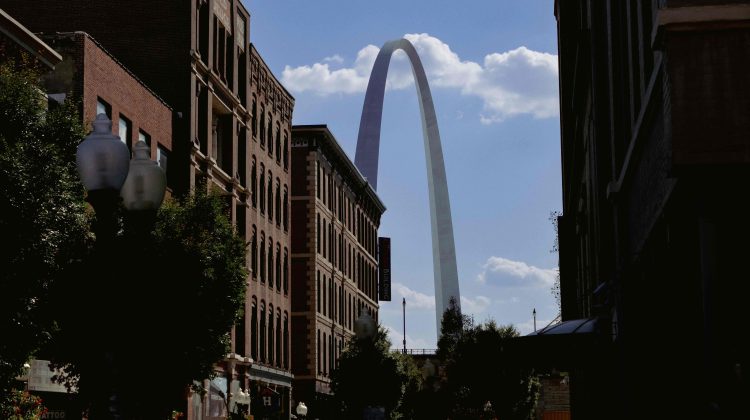What We Found
- Total Deaths: 128 fatalities have occurred at NASCAR events, with 108 being drivers and 20 spectators. This number underscores the inherent dangers of motorsports, where even the most experienced drivers can find themselves in life-threatening situations.
- Driver Deaths: Out of the 108 driver fatalities, 92 resulted from accidents on the racetrack, accounting for 70% of all NASCAR-related deaths. These accidents often occur at high speeds, where even a small error can have catastrophic consequences. Drivers are aware of the risks every time they get behind the wheel, but the thrill of competition and the pursuit of victory often outweigh the dangers.
- Medical Conditions: 16 drivers succumbed to medical conditions while on the track. These incidents, while less dramatic than crashes, are no less tragic. Heart attacks, heat exhaustion, and other medical emergencies have claimed the lives these prompting NASCAR to implement more stringent health checks and emergency response protocols.
- Non-Driver Fatalities: There have been 20 deaths involving non-drivers, including spectators, crew members, and police officers. These fatalities are particularly tragic because they involve people who are not directly involved in the racing action but are still exposed to its dangers.
- Daytona International Speedway: This track has seen the most fatalities, with 14 racers losing their lives there. Daytona is one of the most iconic venues in NASCAR, known for its high speeds and thrilling finishes. However, its history is also marred by numerous tragedies, making it a place of both celebration and solemn remembrance. The high-speed nature of Daytona races, combined with the close quarters of pack racing, has contributed to several deadly incidents over the years. Despite this, Daytona remains a favorite among fans and drivers alike, symbolizing the exhilarating yet perilous nature of the sport.
- NASCAR Cup Series: The deadliest NASCAR event, with 28 driver deaths recorded. The Cup Series is the pinnacle of NASCAR competition, attracting the best drivers in the world. However, the intense competition and high speeds make it the most dangerous as well. Over the years, the Cup Series has witnessed some of the most harrowing crashes and tragic fatalities, leading to widespread calls for improved safety measures. The deaths in the Cup Series have had a profound impact on the sport, prompting NASCAR to implement numerous changes aimed at protecting drivers while maintaining the competitive spirit of the races.
What Happened After Dale Earnhardt’s Death?
The tragic death of Dale Earnhardt in 2001 marked a turning point for NASCAR, leading to significant safety reforms. Earnhardt, one of the most beloved and successful drivers in the history of the sport, lost his life in a crash during the final lap of the Daytona 500.
His death sent shockwaves through the racing community and beyond, leading to widespread calls for change. It lead to NASCAR implementing the following solutions:
- The HANS Device: The Head and Neck Support (HANS) device, which Earnhardt was not using, was made mandatory for all drivers. The HANS device has since become a standard piece of safety equipment in motorsports, credited with saving countless lives by reducing the risk of basilar skull fractures during crashes. Its adoption marked a significant step forward in driver safety, showing that simple yet effective measures can make a huge difference.
- SAFER Barriers: Soft walls were installed at key tracks to better absorb the impact of crashes. These barriers, known as SAFER (Steel and Foam Energy Reduction) barriers, are designed to reduce the force of a crash, minimizing injuries to drivers. The implementation of SAFER barriers at NASCAR tracks was a direct response to Earnhardt’s death and has been instrumental in reducing the severity of crashes.
- Improved Roll Bars: New roll bars and other safety features were integrated into NASCAR’s Next Gen vehicles. These improvements are designed to provide additional protection to drivers in the event of a rollover or high-impact crash. The bars that are utilized represent the latest in safety technology, incorporating lessons learned from past tragedies to create a safer racing environment.
Since the introduction of these safety measures, no deaths have occurred in NASCAR’s top three series, highlighting the effectiveness of these changes. The improvements have not only saved lives but also provided peace of mind to drivers and their families, knowing that the sport is safer than ever before.
The Evolving Landscape of NASCAR Safety
While the number of deaths remained steady per decade for many years, the last decade has seen a decrease in fatalities, a testament to the effectiveness of NASCAR’s ongoing safety innovations. However, the sport continues to evolve, with new challenges and risks emerging as technology advances and racing conditions change. NASCAR remains committed to improving safety, constantly reviewing and updating its procedures and equipment to protect everyone involved in the sport.
While each death in NASCAR history is a profound loss, it also serves as a critical reminder of the importance of safety in the sport. The tragic death of Dale Earnhardt catalyzed necessary changes that have significantly improved driver safety. Although the number of deaths remained steady per decade for many years, the last decade has seen a decrease in fatalities, a testament to the effectiveness of NASCAR’s ongoing safety innovations.




No Comment